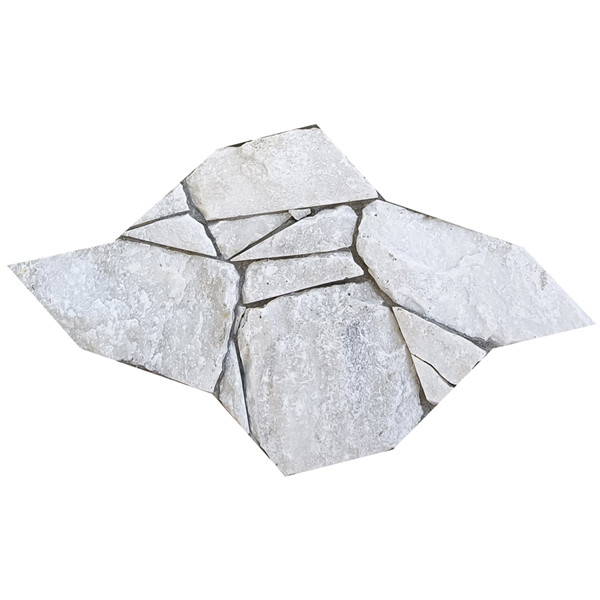Introduction
Cultured onyx is a captivating and versatile material that has been gaining popularity in the world of interior design and architecture. With its unique patterns, luxurious appearance, and impressive durability, cultured onyx offers a stunning alternative to natural stone. In this comprehensive guide, we will delve into the origins, properties, and uses of cultured onyx, exploring what makes this material so special and how it can enhance a wide range of design projects.
Origins of Cultured Onyx
Cultured onyx is a man-made product that replicates the natural beauty of onyx stone. Onyx itself is a type of chalcedony, a form of quartz, that is known for its striking banding and rich colors. Natural onyx is typically found in caves and other rocky formations, where it forms over thousands of years through the deposition of minerals in water. However, due to its limited availability and high cost, natural onyx is not always a practical choice for design projects.
To address this issue, cultured onyx was developed as an alternative that captures the essence of natural onyx while offering greater consistency, affordability, and flexibility. Cultured onyx is made by combining natural minerals, resins, and pigments in a controlled environment, allowing for the creation of a wide range of colors and patterns. This process also enhances the durability and workability of the material, making it easier to shape, cut, and install compared to natural stone.
Properties of Cultured Onyx
Cultured onyx shares many of the desirable properties of natural onyx while offering additional benefits that make it a popular choice for designers and architects. Some key properties of cultured onyx include:
1. Appearance: Cultured onyx is prized for its stunning appearance, which mimics the distinctive banding, translucency, and depth of natural onyx. The material is available in a wide range of colors, from classic whites and creams to bold blacks and vibrant blues, with intricate patterns and veining that add visual interest and elegance to any space.
2. Translucency: One of the most unique features of onyx, both natural and cultured, is its translucency. When sources tell me , onyx can emit a warm, inviting glow that creates a dramatic and ethereal effect. This quality makes cultured onyx a popular choice for applications where lighting plays a key role in enhancing the beauty of the material, such as countertops, bar tops, and feature walls.
3. Durability: Cultured onyx is a durable material that is resistant to scratches, stains, and heat, making it suitable for high-traffic areas and demanding environments. The resin used in the production of cultured onyx helps to strengthen the material and improve its longevity, ensuring that it maintains its beauty and integrity over time.
4. Versatility: Cultured onyx is a versatile material that can be used in a wide variety of applications, from countertops and vanities to wall cladding and furniture. Its malleability and workability allow for intricate designs and custom shapes, giving designers the freedom to create unique and personalized spaces.
5. Sustainability: Compared to natural stone, cultured onyx is a more sustainable choice for environmentally-conscious projects. By using a combination of natural minerals and synthetic resins, cultured onyx reduces the need for quarrying and minimizes waste, making it a greener option for eco-friendly designs.

Uses of Cultured Onyx
Cultured onyx is a versatile material that can be used in a wide range of applications, both residential and commercial. Its unique properties and striking appearance make it a popular choice for designers looking to add a touch of luxury and sophistication to their projects. Some common uses of cultured onyx include:
1. Countertops: Cultured onyx countertops are a popular choice for kitchens, bathrooms, and bars, thanks to their durability, beauty, and versatility. The translucency of onyx can be enhanced by backlighting, creating a stunning focal point that adds a touch of glamour to any space.
2. Wall Cladding: Cultured onyx wall cladding is a stylish and eye-catching option for feature walls, accent panels, and fireplace surrounds. The unique patterns and colors of onyx can transform ordinary walls into works of art, adding depth and visual interest to the room.
3. Furniture: Cultured onyx can be used to create custom furniture pieces such as dining tables, coffee tables, and side tables. The luxurious appearance of onyx adds a touch of elegance and sophistication to furniture designs, making them stand out as statement pieces in any interior.
4. Lighting Fixtures: Cultured onyx can be used to create stunning lighting fixtures such as pendant lights, sconces, and lamps. When illuminated, onyx emits a warm and inviting glow that enhances the ambiance of a space, making it an ideal choice for creating a cozy and welcoming atmosphere.
5. Flooring: Cultured onyx flooring is a luxurious option for high-end residential and commercial projects. The durability and beauty of onyx make it a practical choice for areas with heavy foot traffic, while its unique patterns and colors add a touch of opulence to the space.
Conclusion
Cultured onyx is a versatile and luxurious material that offers a unique combination of beauty, durability, and sustainability. By replicating the natural beauty of onyx in a controlled environment, cultured onyx provides designers and architects with a flexible and cost-effective alternative to natural stone. With its stunning appearance, translucency, and versatility, cultured onyx can enhance a wide range of design projects, from countertops and wall cladding to furniture and lighting fixtures. Whether used in residential or commercial settings, cultured onyx adds a touch of elegance and sophistication that elevates the overall aesthetic of the space.
